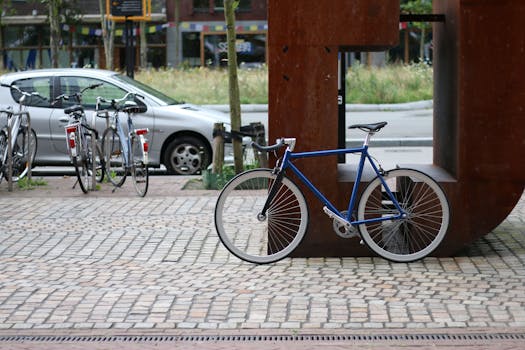
Sustainable Cities: How Europe is Shaping Eco-Friendly Lifestyles by 2025
Sustainable Cities, the focus of this article, is a topic of growing importance as the world grapples with environmental challenges. As we move closer to 2025, European cities are at the forefront of creating eco-friendly lifestyles, setting an example for the rest of the world to follow. In this article, we will explore the innovative approaches European cities are taking to become more sustainable and how these efforts are shaping the future of urban living.
Introduction to Sustainable Cities
The concept of sustainable cities is built around creating urban environments that are environmentally friendly, socially just, and economically viable. This involves a holistic approach to urban planning, incorporating green spaces, renewable energy sources, efficient transportation systems, and waste management practices. European cities, with their rich history and cultural diversity, are uniquely positioned to lead this transition.
European Cities Leading the Way
Cities like Copenhagen, Stockholm, and Amsterdam are pioneering sustainable urban development. Copenhagen, for instance, aims to be carbon neutral by 2025, with initiatives like biomass-powered district heating and a comprehensive cycling network. Stockholm is focusing on green roofs, electric buses, and a congestion tax to reduce emissions. Amsterdam is investing in solar panels, green buildings, and a circular economy to minimize waste.
Key Strategies for Sustainability
Several key strategies are being employed by European cities to achieve their sustainability goals:
- Renewable Energy: Investing in solar, wind, and biomass energy to reduce dependence on fossil fuels.
- Green Transportation: Promoting electric vehicles, cycling, and walking through infrastructure development and incentives.
- Waste Management: Implementing recycling programs, composting, and reducing single-use plastics.
- Green Spaces: Creating parks, gardens, and green roofs to improve air quality and mitigate the urban heat island effect.
Challenges and Opportunities
Despite the progress, challenges remain, including funding, public engagement, and balancing economic growth with environmental protection. However, these challenges also present opportunities for innovation, job creation, and community building. As European cities continue to push the boundaries of sustainability, they are not only ensuring a healthier environment for their citizens but also becoming more attractive to businesses, tourists, and talent from around the world.


